My beloved and I have recently returned from a couple of weeks in one of our favourite parts of “our” planet.
Its coastscapes are magnificently “big wide screen”.
Cape Arid National Park, Cape Le Grand National Park and Fitzgerald River National Park are even more jaw-dropping at the “micro” level – one should always pay close attention to the ground immediately in front of one’s feet!
The featured image looks east from Belinup Hill to Mt Arid/Cape Arid.
The next photo’s vantage point was just a very few footsteps away from the featured photo’s.
There are no “big game animals”, but this region has a much higher concentration of carnivore species (and carnivorous individuals) than does any African savannah.
Most are petite, and not animals.
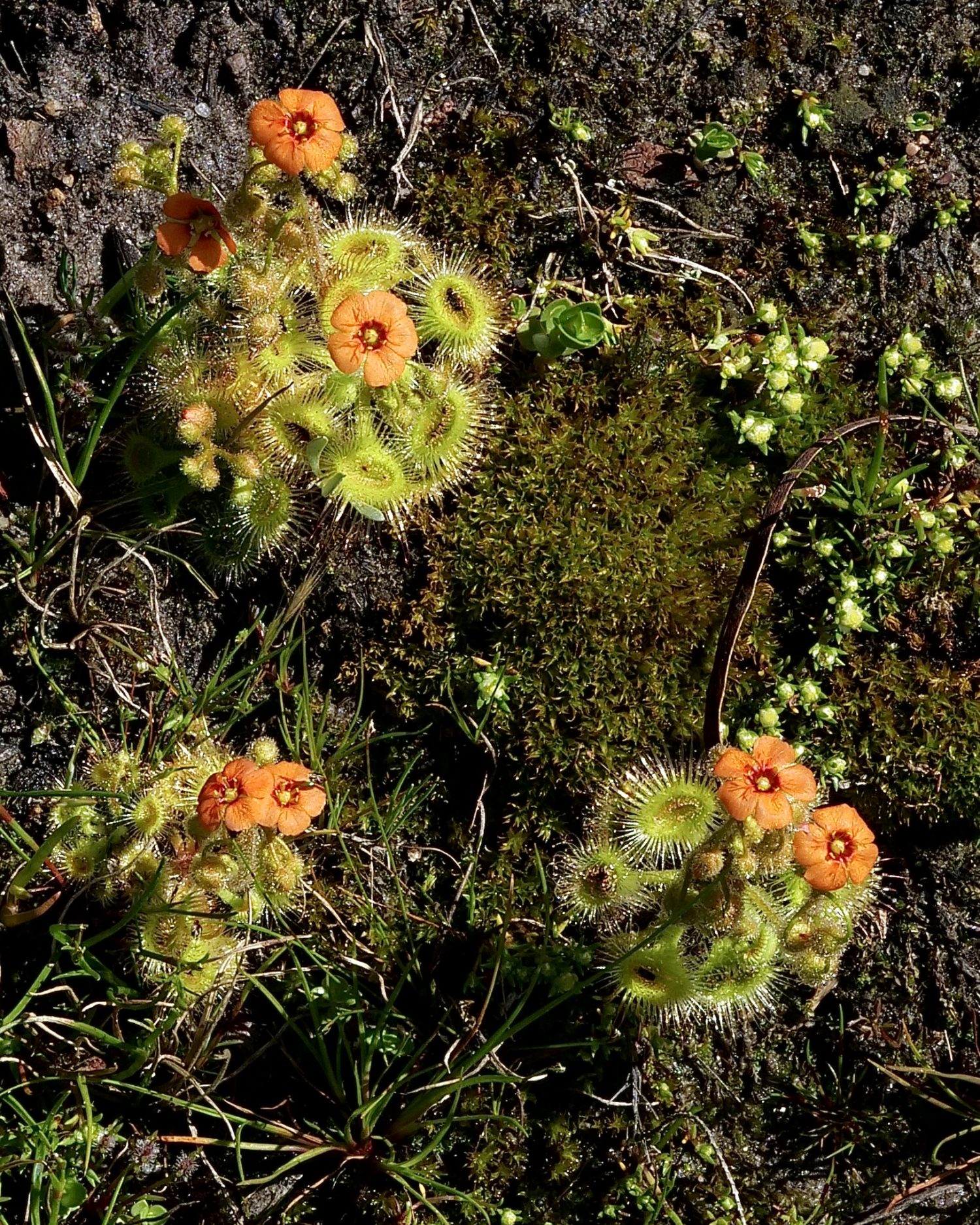
If you look carefully, you can see some of the “meat” that these insect-luring plants were then eating.
Cape Arid National Park is nearly 850 kilometres southeast of Perth.
It and Cape Le Grand are both within day tripping distance of Esperance
The Shire of Esperance has more than 400 kilometres of coastline.
At more than 42 thousand square kilometres, it is a little larger than the Netherlands.
Fewer than fifteen thousand humans live in the Shire.
Esperance – its one substantial town – is home to most of them.
The Netherlands is home to more than 17.6 million people.
Most visitors to the Shire of Esperance visit just one of its national parks.
Lucky Bay is Cape Le Grand National Park’s tourist magnet
Yes, kangaroos really do use its beach.
Yes, if the sun is shining, Lucky Bay’s sand really is that white, it does squeak under your feet, and the water really is that blue.
In Spring and Summer, Lucky Bay is now – by Esperance standards – a crowded place.
However, if you take the undemanding one hour walk from Lucky Bay to Thistle Cove – or the even easier four minute drive – chances are excellent that you will be able to picnic, alone, on the rocks.
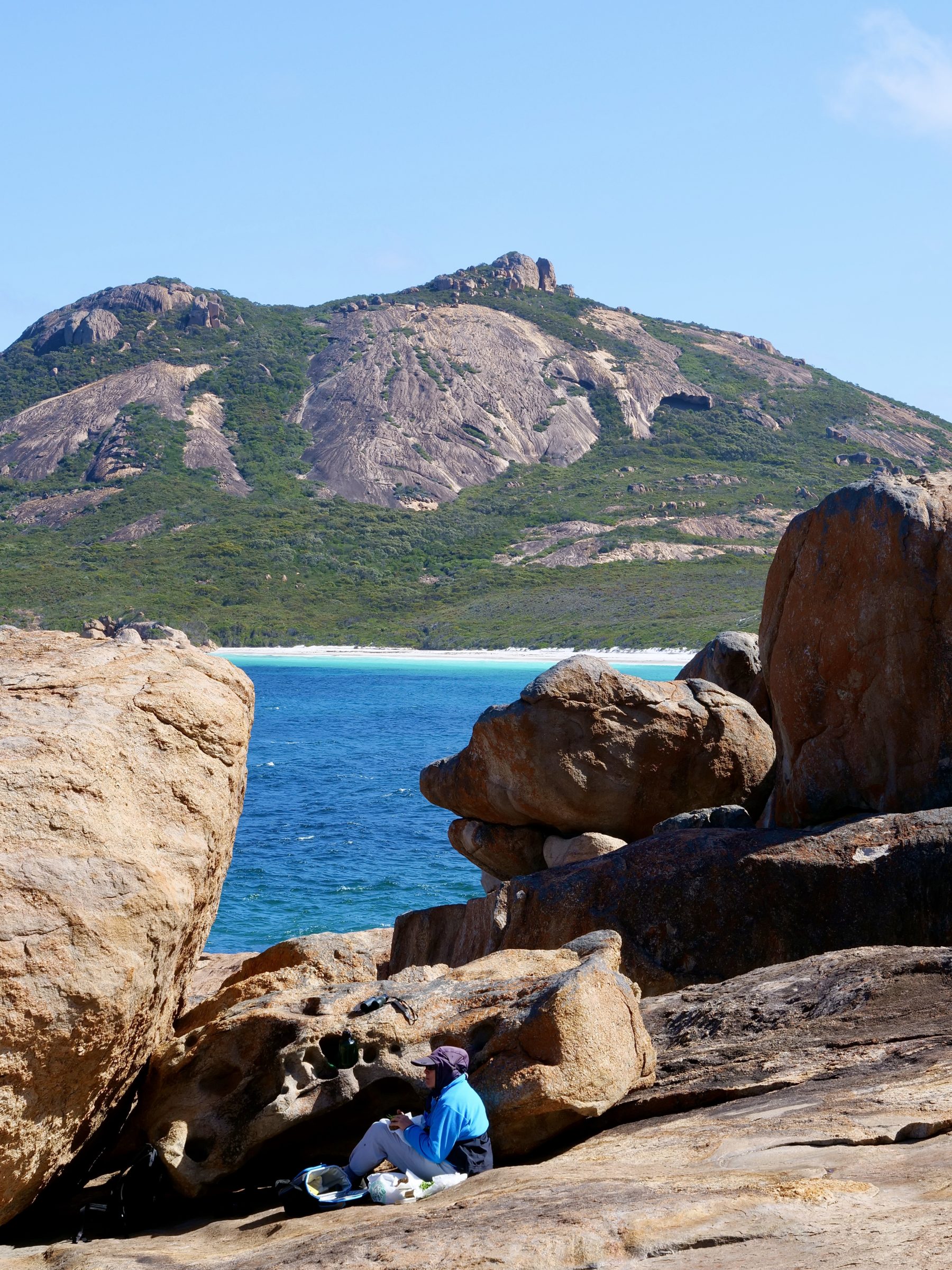
I am not alone in thinking that Thistle Cove is even more glorious than Lucky Bay, but Thistle Cove ain’t on the Instagrammers’ global “bucket list”.
Actually, we were not entirely alone….
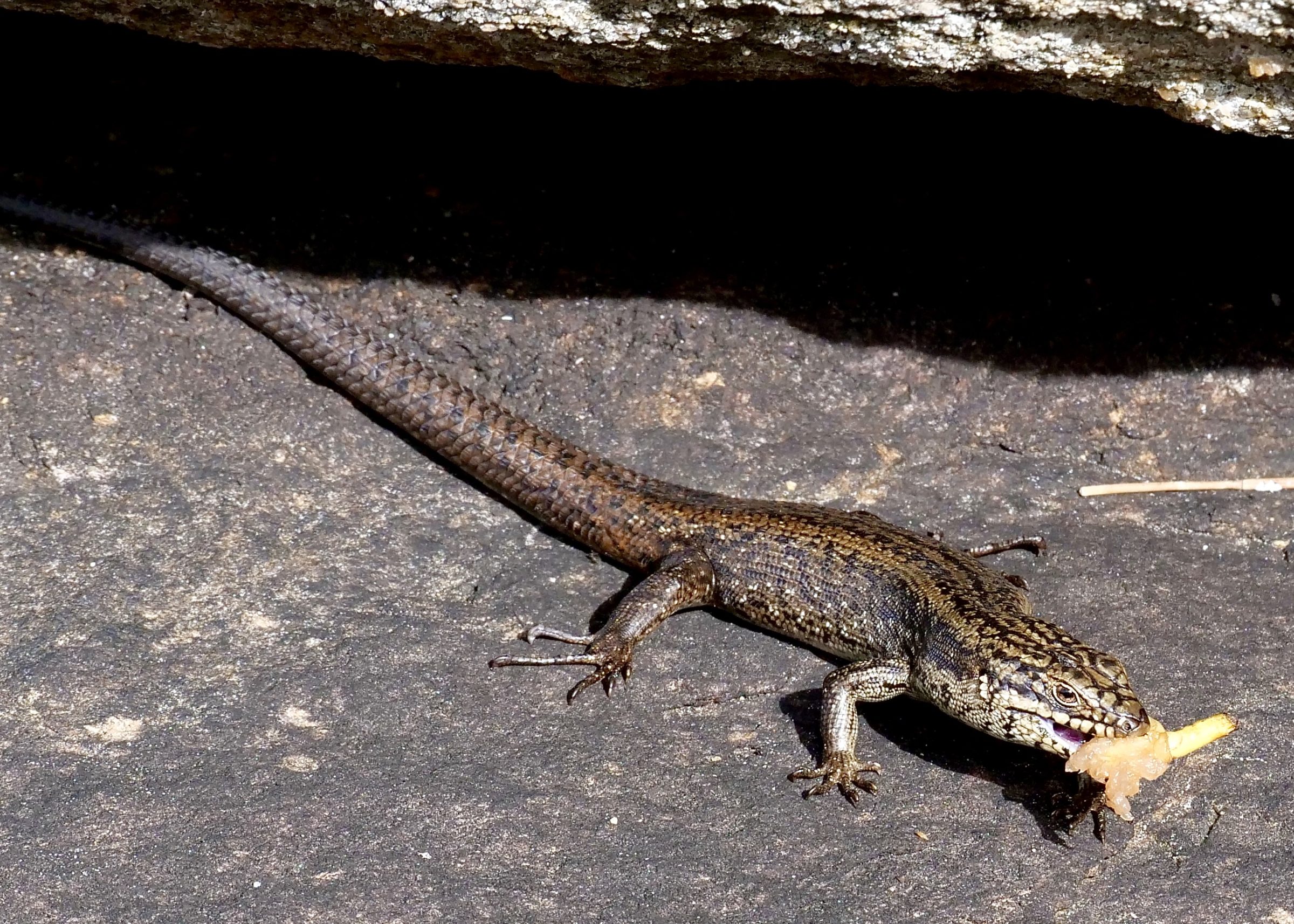
The next Shire west is smaller in size and population; only a couple of thousand people live within Ravensthorpe’s 13.5 thousand square kilometres.
It is home to more Eucalyptus species than anywhere else on earth.
For lovers of flowering plants, generally – most especially ones that naturally occur only in one region – Ravensthorpe is the world’s “best” Shire!
Ravensthorpe is a tiny town, but its annual wildflower show is very probably the world’s finest; almost certainly, it presents the greatest number of species (700+ in a year like 2021) that any human could ever see, in bloom in one room.
This shire’s crown jewel is Fitzgerald River National Park – heart of the Fitzgerald Biosphere, which takes in much of the shire.
The red colour in both photos below belongs to the same species:
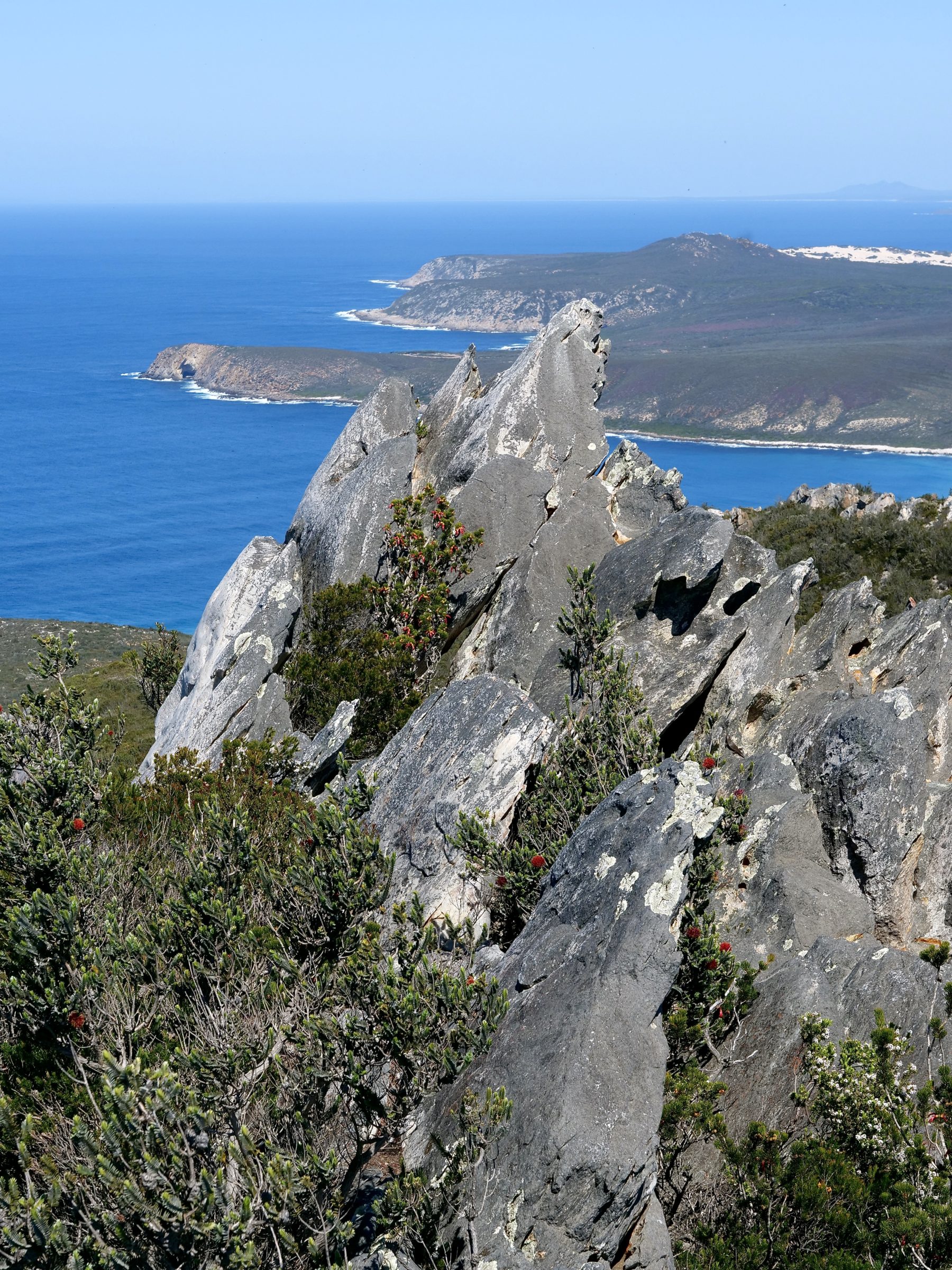
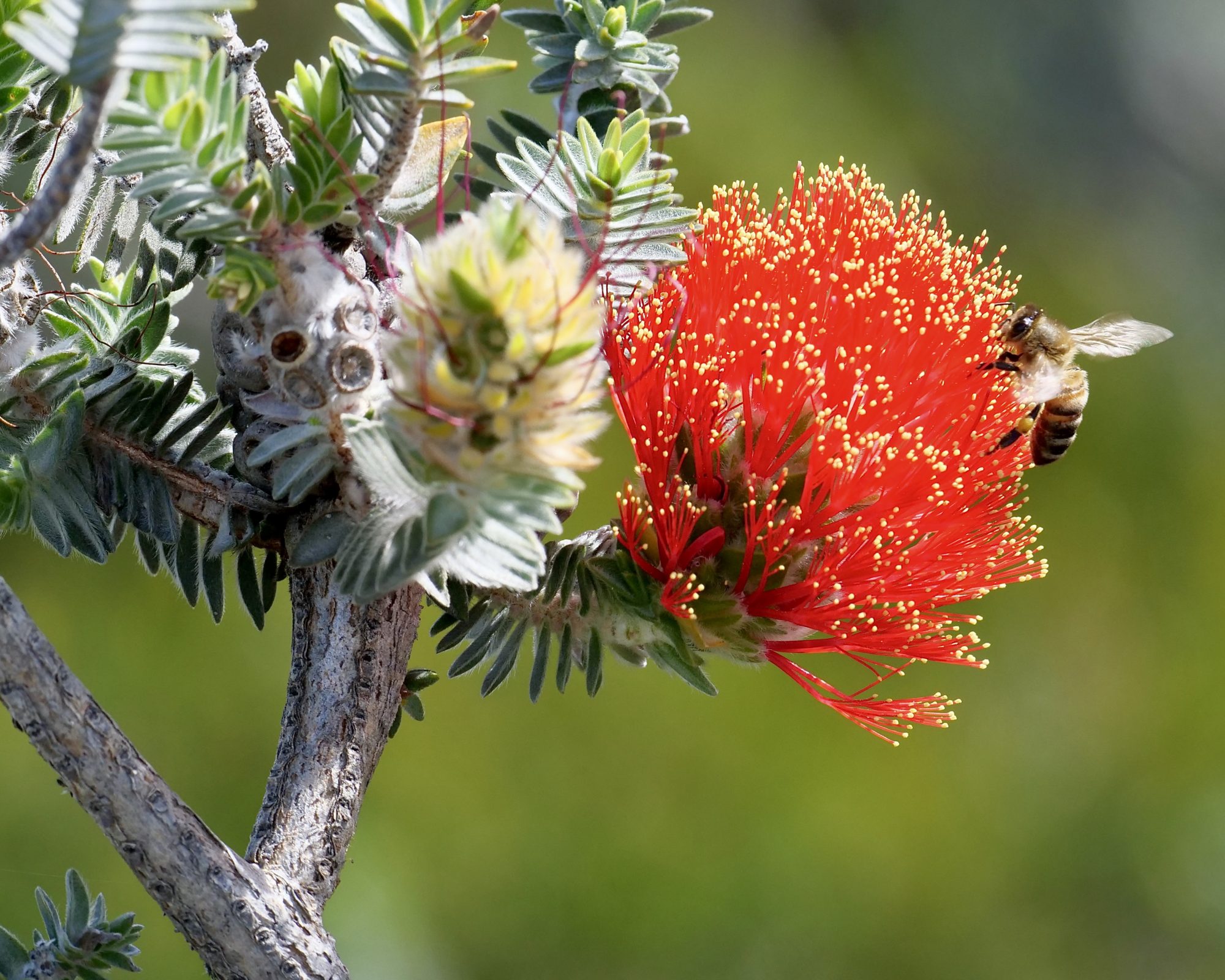
This post is a mere teaser; over coming weeks various aspects of this region will be celebrated, as will Spring 2021 within Perth, and places within day tripping distance of it.
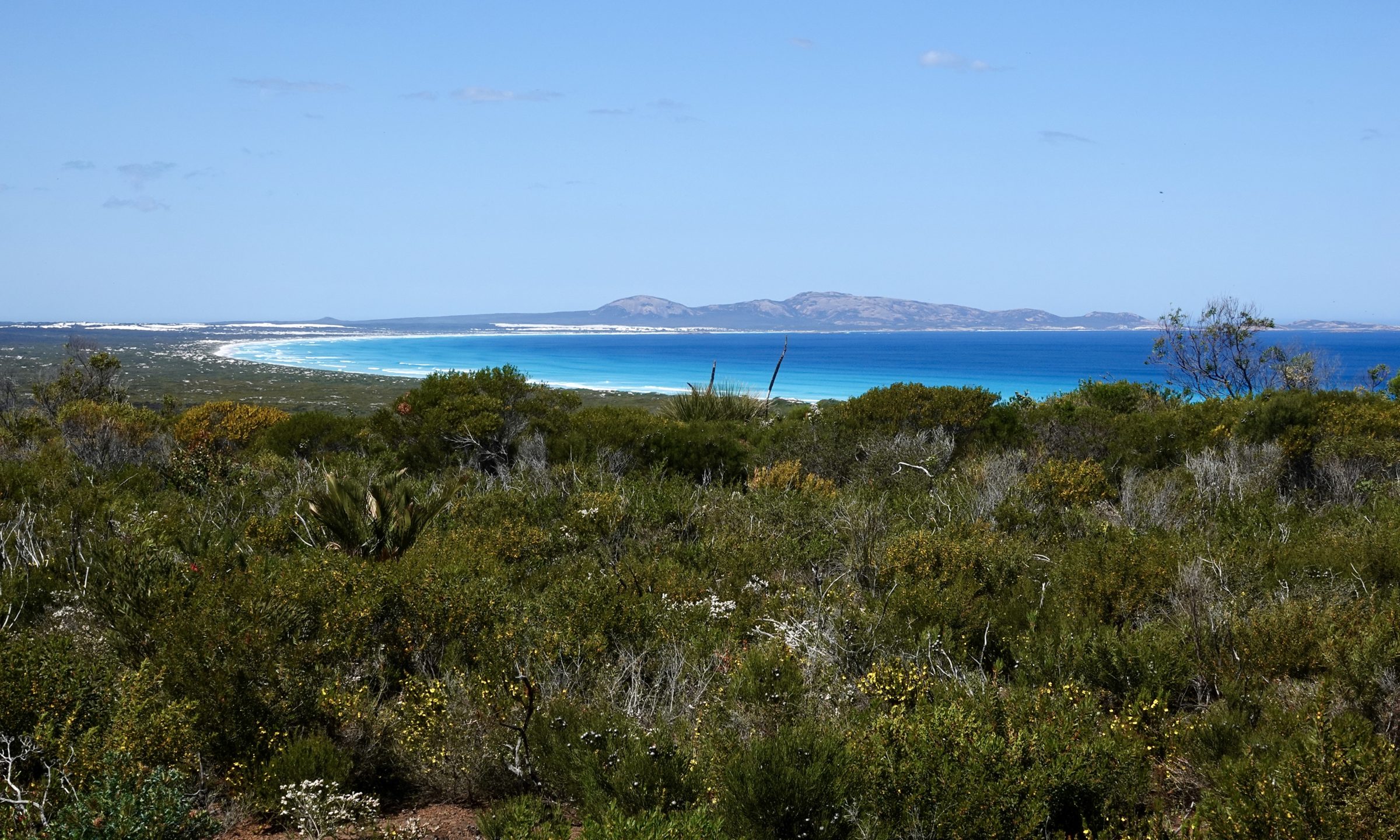
I’ve just shared the post with my partner to give her a foretaste at what we can expect when we are eventually allowed to cross the border into WA. Can’t wait, but we’ll have to.